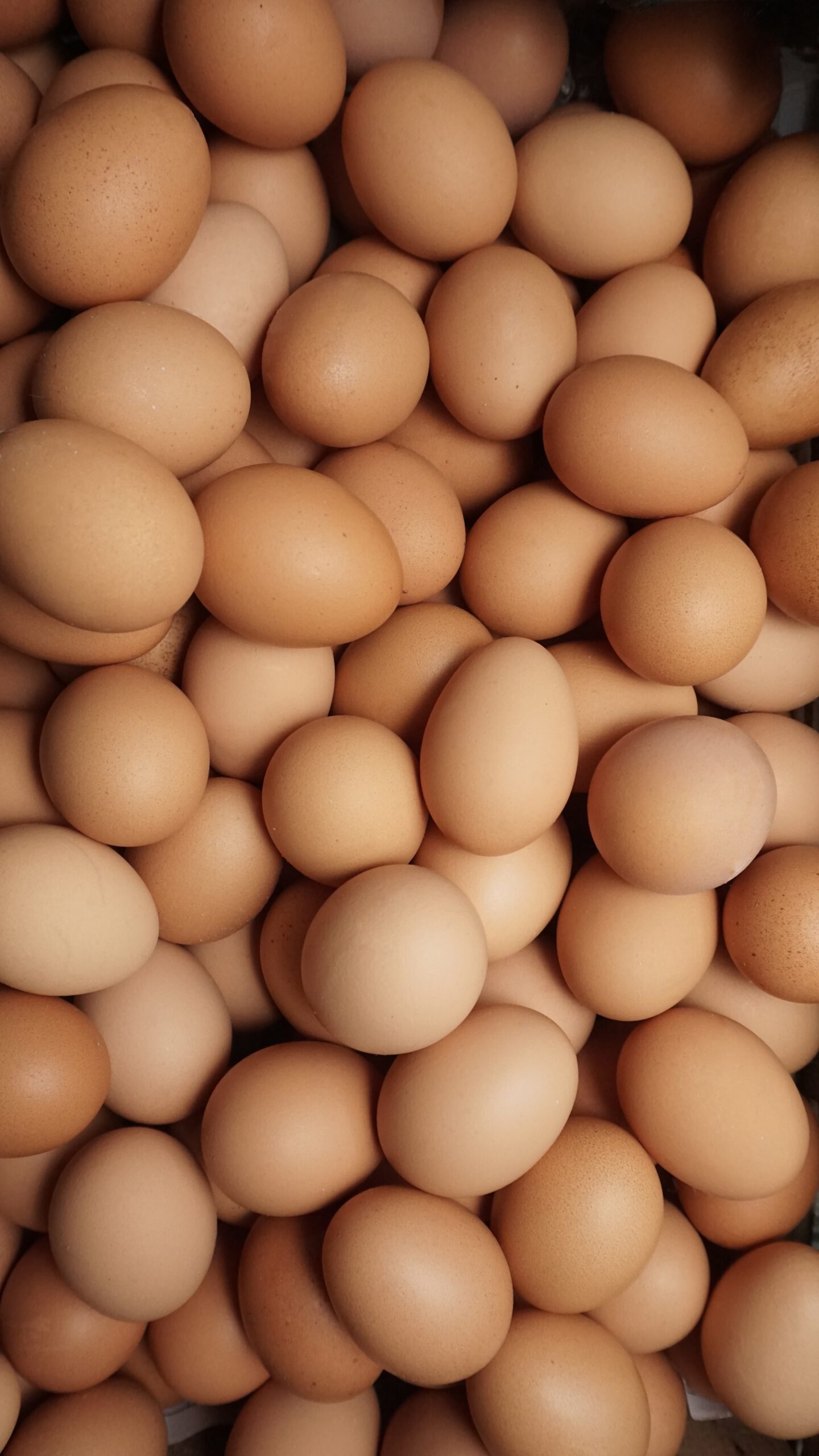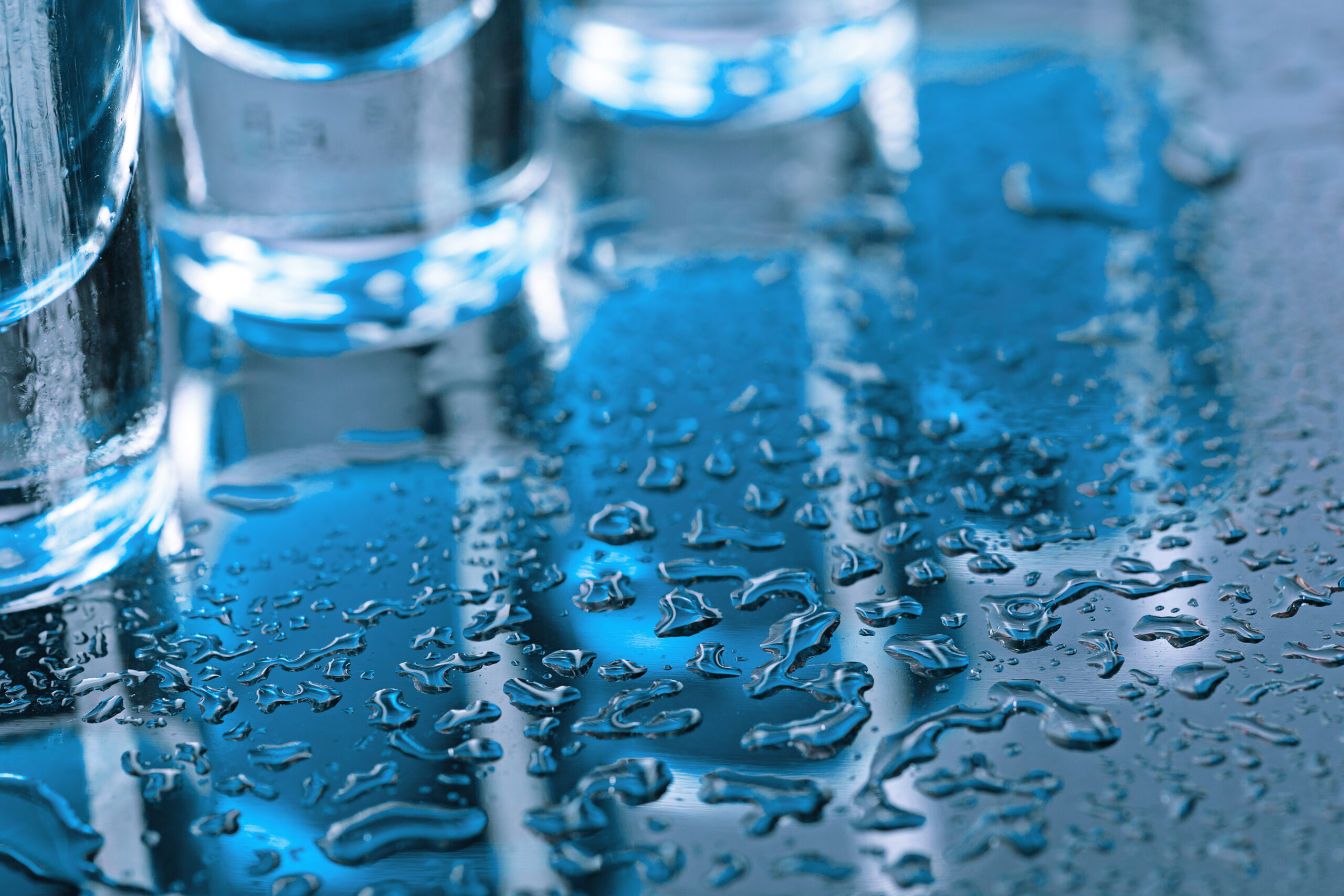Address
Vision Green Solutions GmbH
Am Mittleren Moos 48
86167 Augsburg
Business hours
Mo - Fr: 07 - 19 Uhr

Water is not only vital to humans. There's next to no organism which can live longer than a few weeks without water, no matter if human, animal, plant or bacteria. It is therefore obvious, that water is worth protecting. You can read more about water security and drinking water here .
Despite of this, water needs to be and remain usuable, for example for agriculture. Water plays a most important role here, as it does for human survival. Without the right amount of water crops are lost on field, cows produce less dairy and fattening animals gain little to no weight. Many farmers don't use our drinking water for watering their crops or animals but they have their own wells. You'll find out what to look out for when giving water to animals and why the use of proton-IQ® makes sense here.

Subtitle for This Block
Text for This Block
In contrast to our drinking water, the drinking water for animals is not as heavily regulated nor immensely monitored. There is no legal regulation for animal's drinking water. But, and now it will get a little technical: The food and feed safety is regulated by the regulation (EG) No. 178/2002. The term feed is defined as a substance, processed, partly processed or unprocessed, that is meant to be fed to animals. Therefore water falls within the term of feed and the requirements of feed hygiene are binding. Okay, now the technical is out of the way, the most important is:
Water is the most substantial nutrient for animals and therefore their most important feed.

Subtitle for This Block
Text for This Block
But why is water the most substantial nutrient? The right amount of water is essential for many important processes in the body of an animal:
Taking in enough water is important for many processes in the body of an animal, it is completely irrelevant if said animal is a cow, a pig or a chicken. All need clean and safe water. If these processes are not working properly, the animals are more vulnerable to sickness and cannot perform well. Water needs to be clean and safe, because unclean water can have adverse effects.
Cleanliness and hygiene of water are dominating factors for mitigation of illnesses.

Subtitle for This Block
Text for This Block
Animals in agriculture drink between 2 and 5 liters of water per kilogramm dry feed intake. The amount of water is not only dependant on the dry feed intake, but on the animal kind, the field of use, the performance, the feeding and the feed and the weather conditions. So one cannot determine precisely how much water a pig need a day? No you cannot, but however there are points of orientation. The following is an overview for estimates of how much water which kind of animal needs per day.
| Kind of animal | Water demand (liter per day) | Performance parameter |
|---|---|---|
| Dairy cow | 120 to 175 | 45 kg dairy per day |
| Beef | 40 to 65 | 630 kg live weight |
| Pig | 8,5 to 11 | 80 to 120 kg live weight |
| Laying hen | up to 0,25 | – |
| Turkey | 0,7 to 1 | 20th week of life |
It is important to remember that higher temperature increase water demand of animals similarly to us humans. Safe access to good drinking water is even more imperative on hot days than usually.
Enough water is important to all animals. The required water amount varies depending on mostly performance, age and feed. und Futter.

Subtitle for This Block
Drinking water for humans is highly regulated and at least in Germany monitored closely. However drinking water for animals is not. The orientation framework of the federal ministry for food and agriculture on the quality of animal drinking water is showing some direction. The water must be "suitable" for animals. "Suitable" water fulfills foremost the following 3 criteria:
Secondly suitable water will comply with biological, chemical and physio-chemical quality requirements.
The biological quality is determined especially by 3 pathogens. The water needs to be free of salmonella, campylobacter and mostly free of escherichia coli. Furthermore the total count of colony forming units per ml at 37°C cannot be higher than 1.000 and 10.000 at 20°C.
The chemical and physio-chemical quality is determined by the ph, the conductivity, the salt content and the concentration of organic and inorganic substances. The physio-chemic quality can alter the tastiness and the usuability. The chemical substances in the water will determine the harmfulness for the animals. More can be found in orientation framework.
Feed hygiene is not only important for the animals themselves, but also for humans. The animals produce food for us and the food can incorporate any harmful substances that the animals have taken in. Therefore mitigation of pathogens in feed and drinking water can also make food safer to eat for humans.

Subtitle for This Block
Text for This Block
If most farmers don't use our tap water for watering their animals but they use water from their own wells, how does the water get to the animals? The answer is simple, drinking water systems. While designing the systems it is important to consider the needs of the animals. Pigs will need a different system than chicken. But there are also general requirements for all systems.
Biofilms are brooding grounds for pathogens. They need to be eliminated. Another entry path for pathogens are the troughs themselves. They need to be build in a way that the entry of pathogens through them is minimised, while still being easy to reach for the animals. And then the troughs, the pipes and the surfaces need to monitored regularly and if needed cleaned.

Subtitle for This Block
Text for This Block
Now that we know so much about good water for animals and how its the most important feed, the question arises how proton-IQ® can be utilised in this environment. proton-IQ® is a disinfectant for drinking water. A good disinfectant will have a broad efficacy, a fast and safe effect, poses no threat to the animals, has a high material compatability, will have no strong smell and decomposes quickly in the environment. Our disinfectant fulfills all of these criteria.
proton-IQ® is effective against salmonella, escherichia coli, campylobacter and other significant pathogens in animal husbandry and food producing industry. It has been shown to be a good instrument to decrease the total amount of germs in buildings and drinking systems. The overall vitality of the animals is increased by the use of proton-IQ®. Die effect is fast and reliable.
The basis for proton-IQ® is a electrolysis system, which produced an effective disinfectant from just salt and water. Even if animal's drinking water was as highly regulated and monitored as human's drinking water, nothing would stand in the way of the use. It adheres to a simple principle, to not give the animals water that you wouldn't drink yourself. Water that is safe for humans is also safe for the animals. It poses no threat for the animals. The threshold for chloride ions of 250 mg/ml for poultry and 500 mg/ml for other animals will never be reached with proton-IQ®.
Another important requirement is the safety for the environment. The disinfectant should not have any adverse effects on the environment. proton-IQ® is used at very low concentrations, which will have no negative effects if released into the environment. Still the concentration is high enough that a depot effect will set in, so any later entry of pathogens can still be eliminated.
Biofilms are effectively eliminated and proton-IQ® will reach very good disinfection result while keeping the water safe, clean and tasty from the point of extraction to the point of consumption. All of this is done without creating a bad odour. The pipes will stay clean for longer and biofilms cannot form.
A bonus point is that our solution will make the farmer independent from external suppliers of disinfectant. Our product is produces on site at the location of use, will be added to the water on the point of extraction. And the best part there is no chemical store room needed and no safety measures to learn.
We believe in permanent clean water for animals and foresee a future where the water for animals is as clean as our drinking water is.
Animal's water is essential for many processes in the body. If it is clean, the vitality will increase.
Header – Foto von Bannon Morrissy on Unsplash; Wichtigstes Futtermittel – Foto von Raiyan Zakaria on Unsplash; Wie viel Wasser – Foto von Raiyan Zakaria on Unsplash; Gutes Tränkwasser – Foto von Zoe Schaeffer on Unsplash; Tränksysteme – Foto von tawatchai07 auf Freepik, proton-IQ® Einsatz – Foto von master1305 auf Freepik